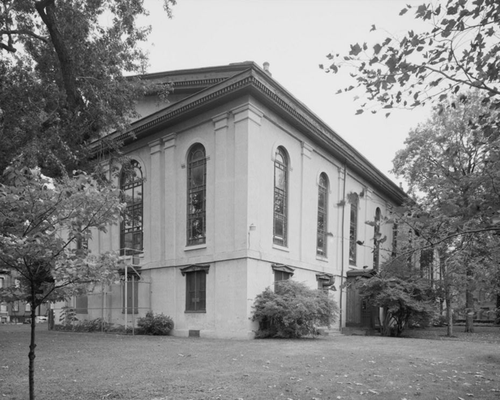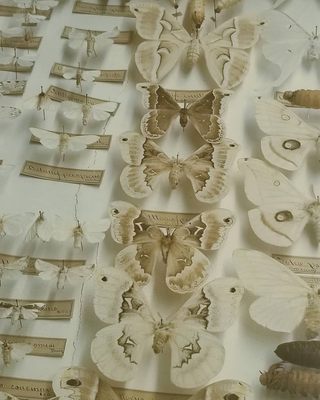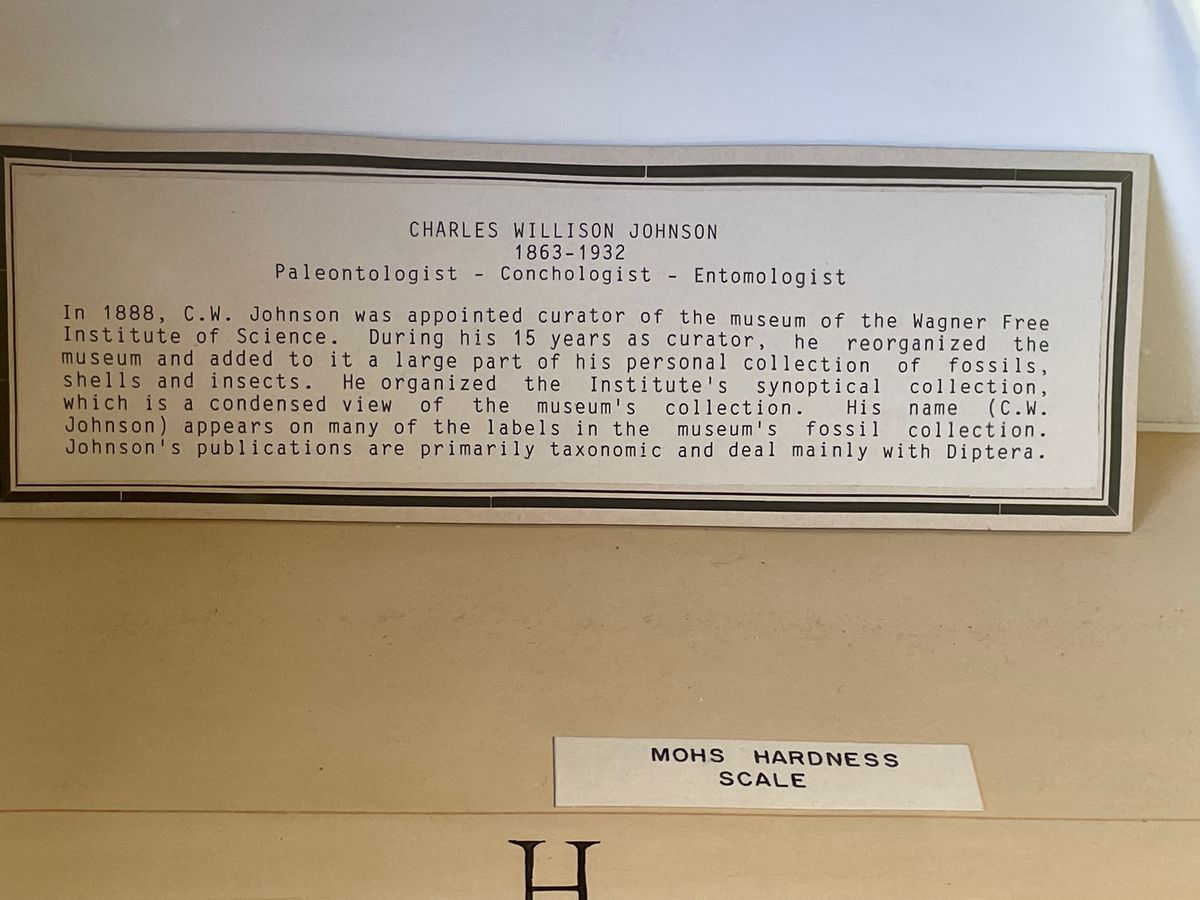About
If you had an interest in science and lived in Philadelphia in the 1840s, you almost definitely knew William Wagner. You'd probably been to a few of his free informal lectures, conducted right out of his own home, illustrated with his own extensive collections. Perhaps you'd also missed a few, trying to squeeze your way into the packed room, only to find you couldn't hear a word Wagner said.
The popularity of William Wagner's "gentleman naturalist" lectures grew so large so quickly that the noted Philadelphian merchant decided to expand into a new building - he called it the Wagner Free Institute.
The beautiful Victorian building houses Wagner's natural history collections as well as a stately lecture hall in which Wagner could continue to offer free lectures to the public. Completed in 1865, the Wagner stands as a monument to the ideal that education should be available to everyone. Wagner lectured there right up until his death in 1885.
Following Wagner's death, the famous biologist Joseph Leidy was brought on to head the institute's research and collections. He greatly expanded the museum's holdings and organized the entire collection according to Darwin's theory of evolution - cases of taxidermy, entomology, and sea life were arranged from simpler to more complex organisms - which is exactly how you will find it today. The Wagner has not changed since Leidy's rearrangement back in 1891. It is truly a museum of museums, a rare chance to see where knowledge stood during such an exciting time of scientific change. From the beautiful original rosewood glass cases, to the handwritten labels from 1865, to the case of taxonomic confusion (a platypus next to a sloth next to an anteater?), the Wagner is a treasure trove of the history of 19th century natural history.
The Institute continues to provide free science and natural history classes to interested adults and children. From the museum's website,
"The Institute began in 1855 as one of the earliest free adult science education programs in the United States. From the beginning it has combined public access to natural history and science materials with lively educational programs taught by acknowledged scholars. That agenda has altered little over time except to incorporate new fields of science and new theories of older disciplines."
Related Tags
Know Before You Go
By car: From I-76 or I95, take 676 to the Broad Street exit. Follow Broad north to Norris Street (look for Temple Universitys red banners). Turn left on Norris, go three blocks to 17th Street, make a left and follow 17th Street one block to Montgomery Avenue. On street parking is available on Montgomery Avenue, in front of the museum and nearby. Garage parking is available at Temples Liacouras Center; the garage entrance is on 15th Street, below Montgomery Avenue.
By train: The Broad Street subway (Orange Line local train only) stops at Temple University/Cecil B. Moore Avenue. Walk one block north to Montgomery Avenue, three blocks west to 17th Street.
By bus: The number 2 SEPTA bus stops at 16th Street and Montgomery Avenue heading north or 17th Street and Montgomery Avenue heading south.
Community Contributors
Added By
Published
August 15, 2009









































